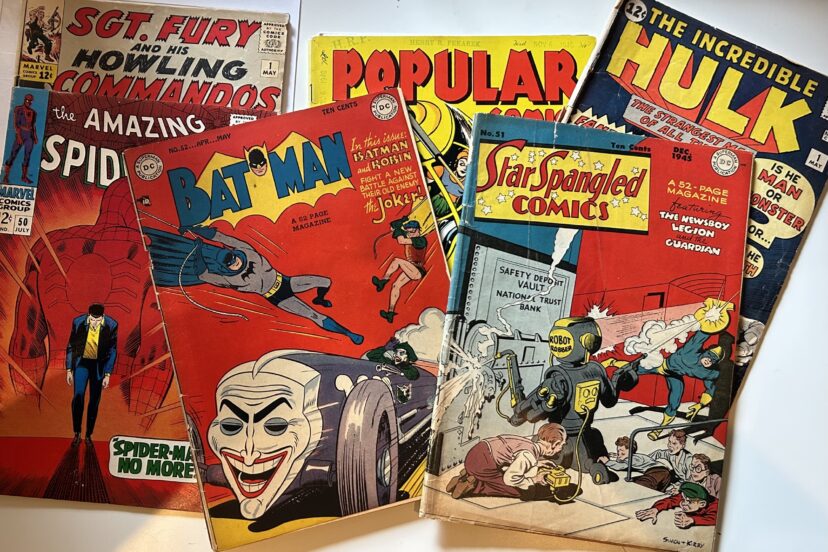Illustrated History of Comic Books
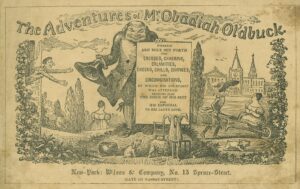
Comic books, those captivating visual narratives that have enthralled generations, boast a rich and fascinating history. From their humble beginnings as illustrated stories in newspapers to their present-day status as a global pop culture phenomenon, comic books have undergone a remarkable evolution. Join us as we embark on a journey through time to explore the captivating history of comic books.
I. Pioneering Origins (19th Century)
A. Illustrated Narrative Antecedents
- Before the term “comic book” emerged, illustrated narratives were prevalent in various forms, including satirical prints, caricatures, and illustrated story papers.
B. The Birth of Sequential Art
- The true precursor of modern comic books can be traced back to the sequential art experiments of Rodolphe Töpffer, a Swiss artist and writer, whose “The Adventures of Obadiah Oldbuck” (1837) is often considered the world’s first comic book.
II. The Golden Age (1930s-1950s)
A. The Rise of the Superheroes
- The late 1930s witnessed the debut of iconic characters such as Superman (1938) and Batman (1939), marking the dawn of the superhero genre.
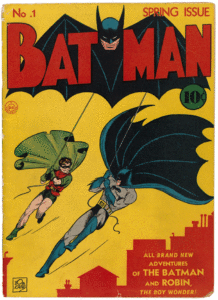
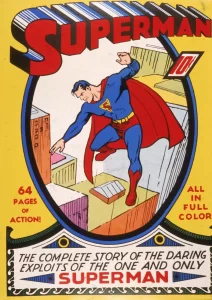
- Timely Comics (later Marvel Comics) introduced characters like Captain America, contributing to the superhero boom.
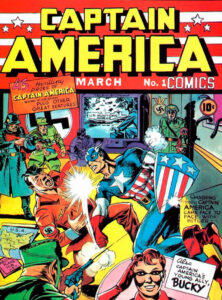

B. Comic Books in Wartime
- During World War II, comic books played a vital role in boosting morale, promoting patriotism, and illustrating the struggle against the Axis powers.
- Superheroes were often depicted fighting against Nazis and Japanese villains.
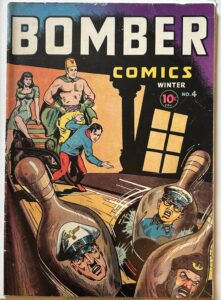
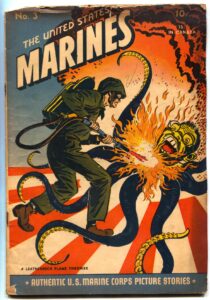
C. Cultural and Societal Reflections
- Comic books mirrored prevailing societal values, addressing issues like crime, justice, and the American way of life.
- The introduction of Wonder Woman in 1941 brought a feminist icon to the forefront, reflecting evolving gender dynamics.
III. The Silver Age (1950s-1960s)
A. Reimagining and Reinvigoration
- The Silver Age saw a revival of superheroes and a reimagining of classic characters, with DC Comics reintroducing The Flash (1956) and Green Lantern (1959).


- Marvel Comics introduced the Fantastic Four (1961), initiating a new era of flawed and relatable heroes.
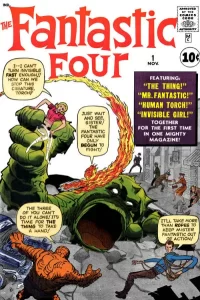
B. The Marvel Revolution
- Stan Lee, Jack Kirby, and Steve Ditko spearheaded Marvel’s rise, emphasizing complex characters and interconnected storytelling.
- The creation of Spider-Man (1962) marked a significant departure from the typical superhero archetype, resonating with a younger audience.
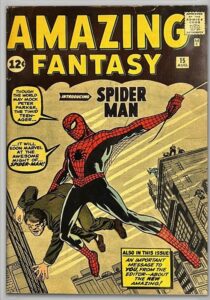

- Near the end of the Silver Age, comics as a commodity started to really take hold. With the condition of the comic becoming a deciding factor in value , techniques like restoration and comic pressing became more commonplace
IV. The Bronze Age (1970s-1980s)
A. Social Relevance and Realism
- Comic books delved into social issues, reflecting the era’s counterculture movements, civil rights struggles, and environmental concerns.
- Denny O’Neil and Neal Adams’ Green Lantern/Green Arrow (1970) storyline addressed issues like racism and drug addiction.
B. Diversification of Genres
- The Bronze Age witnessed the proliferation of non-superhero genres, including horror (Tomb of Dracula), fantasy (Conan the Barbarian), and science fiction (Heavy Metal).
V. The Modern Age (1990s-Present)
A. Artistic Innovations and Crossovers
- Creators like Frank Miller (The Dark Knight Returns, 1986) and Alan Moore (Watchmen, 1986-1987) brought a mature and darker sensibility to comic books.
- Crossover events like Marvel’s “Infinity Gauntlet” and DC’s “Crisis on Infinite Earths” captivated readers with epic and interconnected storytelling.
B. Digital Age and New Frontiers
- The advent of the internet and digital platforms transformed comic book distribution and consumption.
- Webcomics, graphic novels, and digital-first releases expanded the medium’s reach and accessibility.
C. Diversity and Inclusivity
- The modern age has witnessed a push for diversity and inclusivity, with characters from various backgrounds and orientations gaining prominence.
- Marvel’s introduction of a female Thor and DC’s Batwoman exemplify this trend.
VI. Conclusion: A Timeless Art Form
Comic books have evolved from simple illustrated narratives to a multi-faceted art form that encompasses diverse genres, styles, and themes. They have captured the zeitgeist of their respective eras, reflecting societal shifts and cultural dynamics. As comic books continue to adapt to new mediums and embrace contemporary sensibilities, one thing remains clear: their ability to inspire, entertain, and engage audiences spans generations, making them an enduring and cherished aspect of popular culture.
From their pioneering origins to the digital age, the journey of comic books is a testament to the power of creativity, storytelling, and artistic innovation. As we celebrate their past and embrace their future, comic books stand as a colorful tapestry that weaves together the threads of imagination and human expression.

